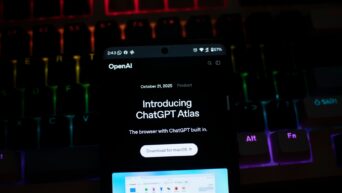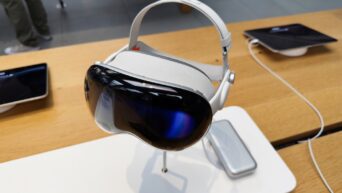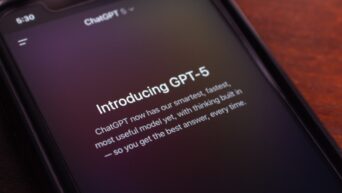
Credit: Unsplash
Philip O’Keefe posted on social media with nothing but his brain.
There are numerous diseases and conditions that can impact human motor functions, if not disable them entirely. One of the most common is amyotrophic lateral sclerosis, colloquially known as Lou Gehrig’s Disease, which causes nerve cell breakdown and muscle weakening, which can eventually lead to partial or total paralysis. The existence of these conditions has led inventors to discern ways for the paralyzed to continue interacting with the world using the power of their minds.
One such person is Philip O’Keefe, a 62-year-old man from Australia who has been completely paralyzed by ALS. He is completely unable to even speak, let alone move his body, but he is still conscious. In order to grant him a means of communication, he volunteered for an experiment conducted by brain computer interface company Synchron. Researchers inserted a special implant into O’Keefe’s brain (without having to perform invasive surgery, incidentally, which is quite impressive in itself) called the Stentrode Brain Computer Interface.
The SBCT can parse the electrical signals produced by a subject’s brain and translate them into text. Using the SBCT system, O’Keefe successfully wrote out a series of brief tweets, which was posted on Synchron CEO Thomas Oxley’s Twitter account.
“hello, world! Short tweet. Monumental progress,” read the first tweet.
“no need for keystrokes or voices. I created this tweet just by thinking it,” O’Keefe continued.
“my hope is that I’m paving the way for people to tweet through thoughts phil,” the third tweet read.
Curious about how phil tweeted yesterday? check out how our motor neuroprosthesis works, including a demo from Phil: https://t.co/iZGydIVUOr #helloworld #bci
— Thomas Oxley (@tomoxl) December 23, 2021
O’Keefe can write out letters and words on a screen by consciously thinking them, as well as perform actions like mouse clicks by thinking them as well. While the technology is still fairly young, having only been implanted into two people including O’Keefe, if it can reach commercial viability, it could restore a degree of autonomy to those who suffer from paralysis.
































